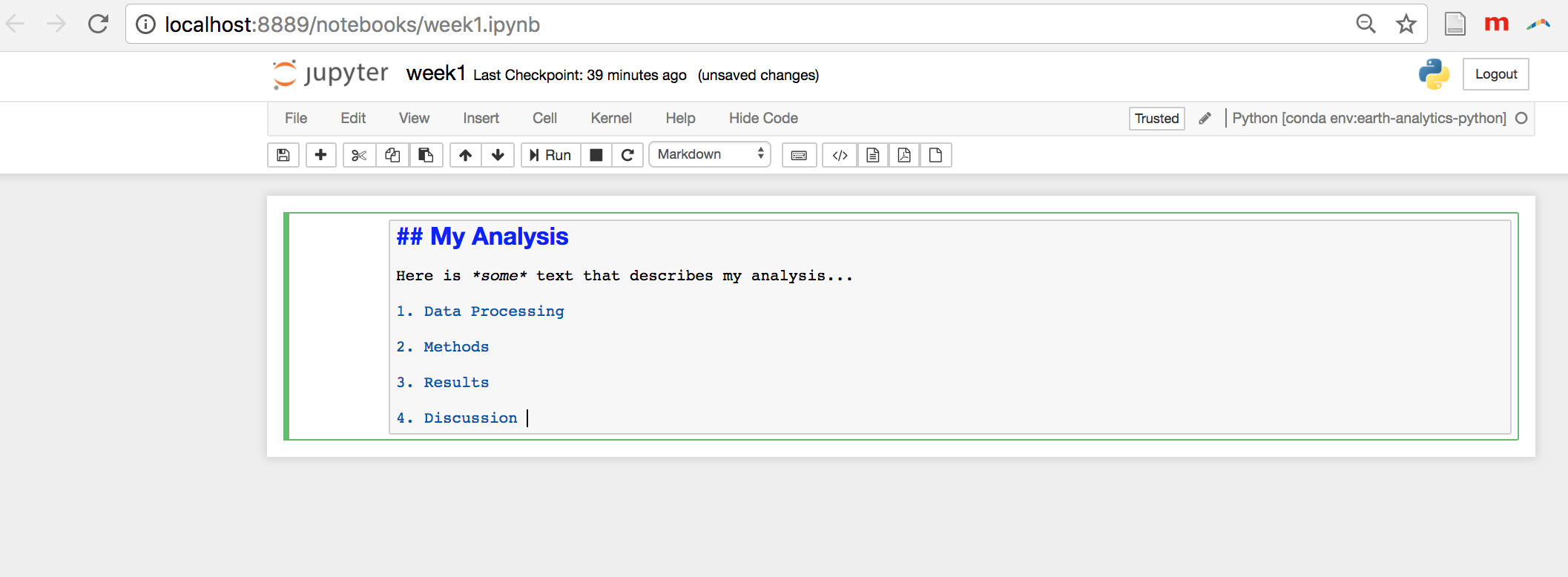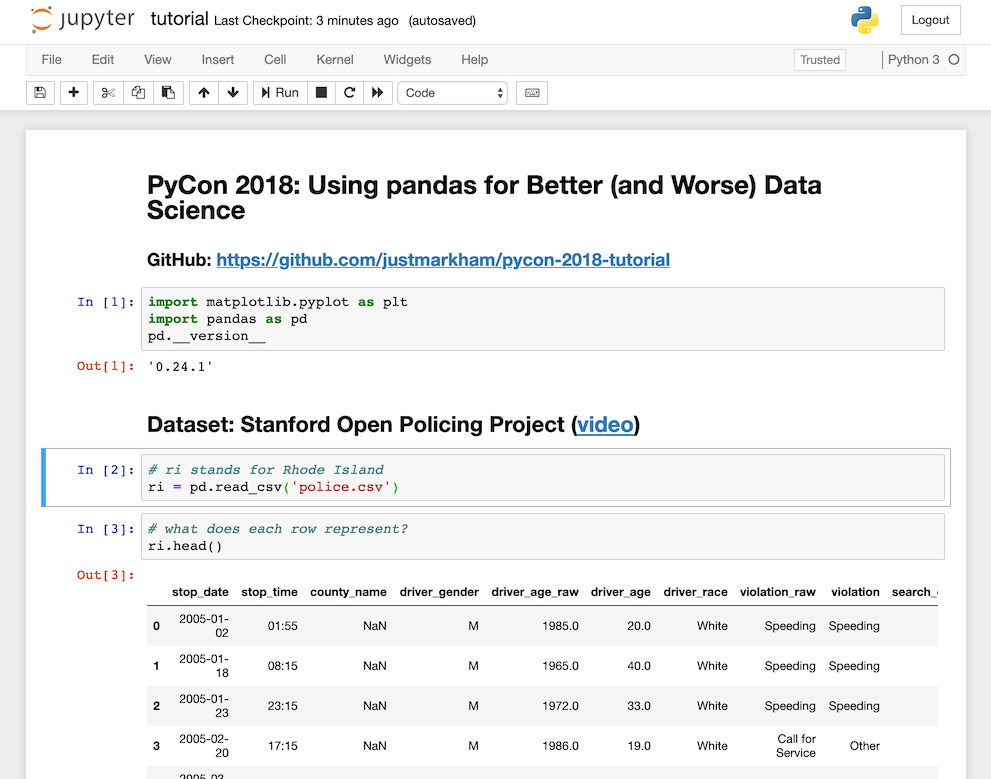- Jupyterhub Markdown
- Jupyter Hotkey Markdown
- Jupyter Notebook Shortcut For Markdown
- Jupyter Notebook Markdown Latex
- Jupyter Shortcut For Markdown Cell
You can write content in regular Markdown files (e.g., files ending in .md).Jupyter Book supports any Markdown syntax that is supported by Jupyter notebooks.Jupyter Notebook Markdown is an extension of a flavour of Markdown calledCommonMark Markdown.It has many elements for standard text processing, though it lacks a lot of features used forpublishing and documentation.
One of the great things about Jupyter Notebook is how you can intersperse your code blocks with markdown blocks that you can use to add comments or simply more context around your code. Here are ten ways I like to use markdown in my Jupyter Notebooks. Use hashes for easy titles. In your markdown cell, enter a line like this.
Sony vegas pro for mac. Note
Markdown cells can be selected in Jupyter Notebook by using the drop-down or also by the keyboard shortcut 'm/M' immediately after inserting a new cell. Now let’s see the details keyboard shortcuts for Jupyter Notebook. Change cell to markdown. R: change cell to raw. 1: change cell to heading 1.
If you’d like a more in-depth overview and guide to CommonMark Markdown, seethe CommonMark Markdown tutorial.
This page describes some basic features of the Jupyter Notebook Markdown, and how toinclude them with your book. Optimization tools for mac.
Embedding media¶

Adding images¶
You can reference external media like images from your Markdown file. If you userelative paths, then they will continue to work when the Markdown files are copied over,so long as they point to a file that’s inside of the repository.
Here’s an image relative to the book content root
It was generated with this code:
See also
Images and figures for more information.
Adding movies¶

You can even embed references to movies on the web! For example, here’s a little GIF for you!
This will be included in your book when it is built.
Jupyterhub Markdown
Mathematics¶

For HTML outputs, Jupyter Book uses the excellent MathJax library,along with the default Jupyter Notebook configuration, for rendering mathematics from LaTeX-style syntax.
For example, here’s a mathematical expression rendered with MathJax:
Block-level mathematics¶
You can include block-level mathematics by wrapping your formulas in $$ characters.For example, the following block:
Results in this output:
Jupyter Hotkey Markdown
You can also include math blocks by using LaTeX-style syntax using begin{align*}.For example, the following block:
Jupyter Notebook Shortcut For Markdown
Results in:
Important
Jupyter Notebook Markdown Latex
This requires the amsmath MyST extension to be enabled.
Extended Markdown with MyST Markdown¶
Jupyter Shortcut For Markdown Cell
In addition to CommonMark Markdown, Jupyter Book also supports a more fully-featured version of Markdown called MyST Markdown.This is a superset of CommonMark that includes syntactic pieces that are useful for publishing computational narratives.For more information about MyST Markdown, see MyST Markdown overview.
